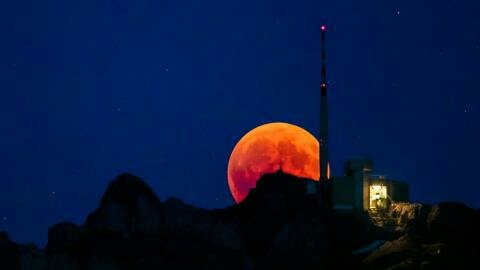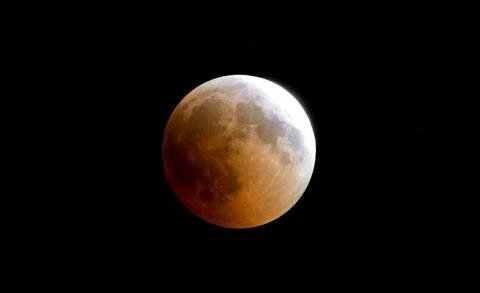
A blood-red moon dazzled star-gazers across much of the world on 27 and 28 July when it moved into Earth's shadow for the longest lunar eclipse of the 21st Century.
From the Cape of Good Hope to the Middle East, and from the Kremlin to Sydney Harbour, thousands of people turned their eyes to the stars to watch the moon, which turned dark before shining orange, brown and crimson in the shadow.

The total eclipse lasted 1 hour, 42 minutes and 57 seconds, though a partial eclipse preceded and followed, meaning the moon spent a total of nearly 4 hours in the Earth’s umbral shadow, according to NASA.

The fullest eclipse was visible from Europe, Russia, Africa, the Middle East, and much of Asia and Australia though clouds blocked out the moon in some places. The eclipse was not visible from North America or most of the Pacific.
In Nairobi, Kenyans watched as the moon darkened.
"This is what life is all about: Magical moments like this," said Teddy Muthusi as he watched from Uhuru Park in Nairobi. "It's just beautiful. It's well worth it."
Wow, this makes me want to learn photography